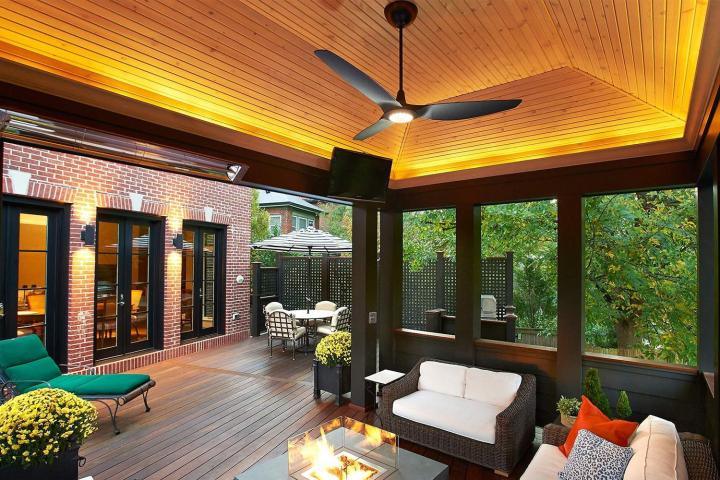
The rules, published in January, estimated the energy savings for ceiling fans with the standards in place would be 26 percent over 30 years, with people saving between $4.488 billion to $12.123 billion, with discounts and minus the cost of the fans themselves. Over the same time period, the fans would reduce the equivalent carbon dioxide emissions created by powering 1.9 million homes annually.
The lawsuit claims the Trump Administration is violating federal law by delaying six standards for appliances in addition to the fans, including portable air conditioners, walk-in coolers and freezers, and commercial boilers. “The DOE itself estimates that the six standards would provide net savings to consumers and businesses of approximately $23.8 billion,” according the Office of the Attorney General.
The DOE has yet to publish five other energy efficiency standards, which violates the Energy Policy and Conservation Act’s standards setting deadline requirements, according the statement. Attorneys General from several other states, including California, Massachusetts, and Washington, joined the lawsuit. We reached out the DOE, but it does not comment on pending litigation.
It’s not just a handful of states who want to see the rules in place. “We think that the standards are good for the industry,” Jon Bostock, chief operating officer of Big Ass Solutions, told Digital Trends. The company makes connected ceiling fans that are generally found on Energy Star’s list of certified fans. Because the smart fans can be controlled by an app, you can do things like set schedules or turn it off when you’re not home. The fans also have motion sensors, so they know when people are actually in the room. But Bostock said it’s not just being Wi-Fi-enabled that makes Haiku fans so energy-efficient. “Connectivity is certainly one way to realize energy savings, but there are main, fundamental operating processes that help to drive energy savings,” he said.
Some models use just 2 watts of electricity on the low setting, topping out at 17 or 18 watts. The average for Energy Star models is 65 watts; some fans use as much as 100 watts. That’s not where Bostock wants the industry to be. “We think that companies, including ours, should be constantly pushed to innovate,” he said.


